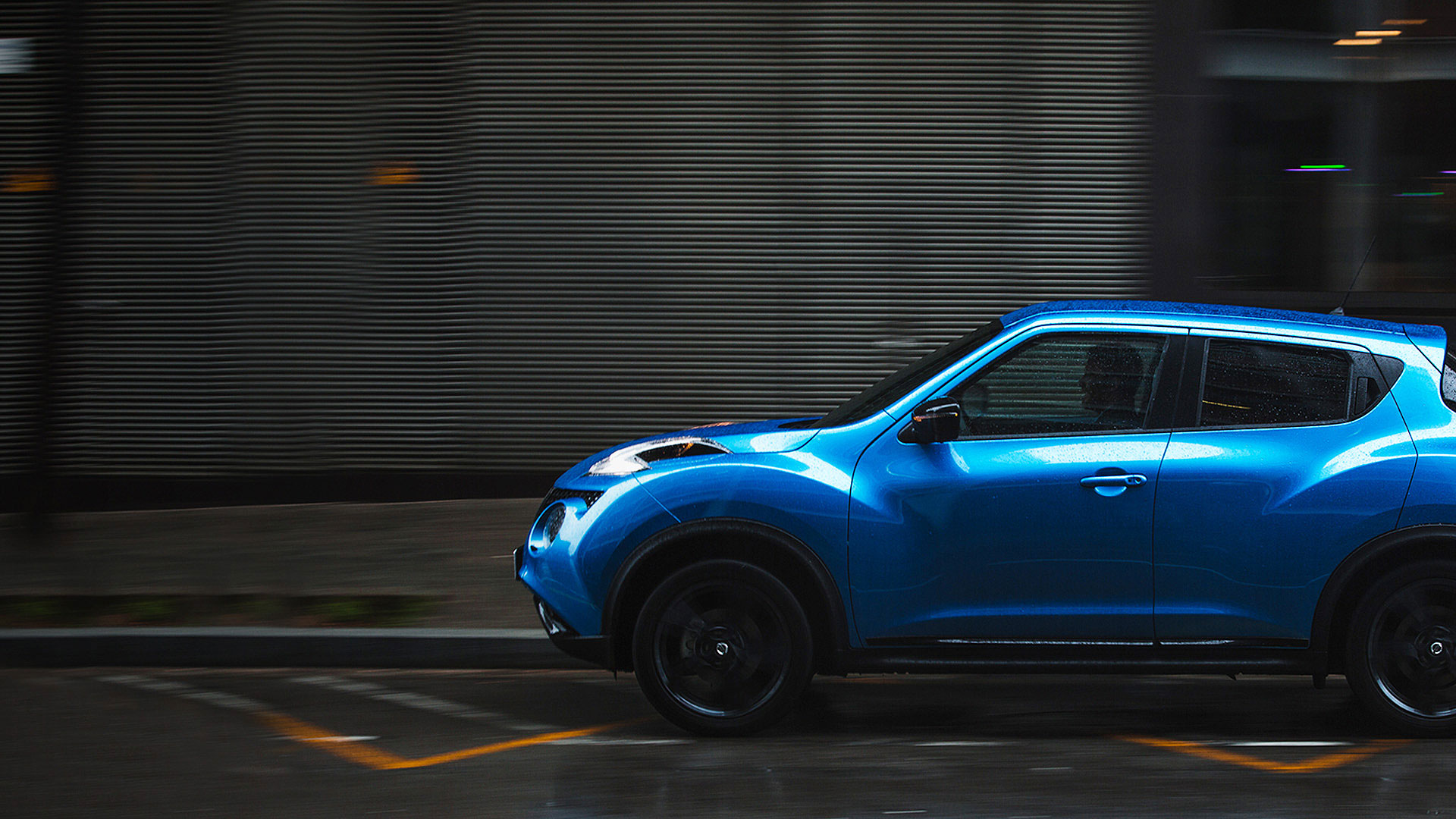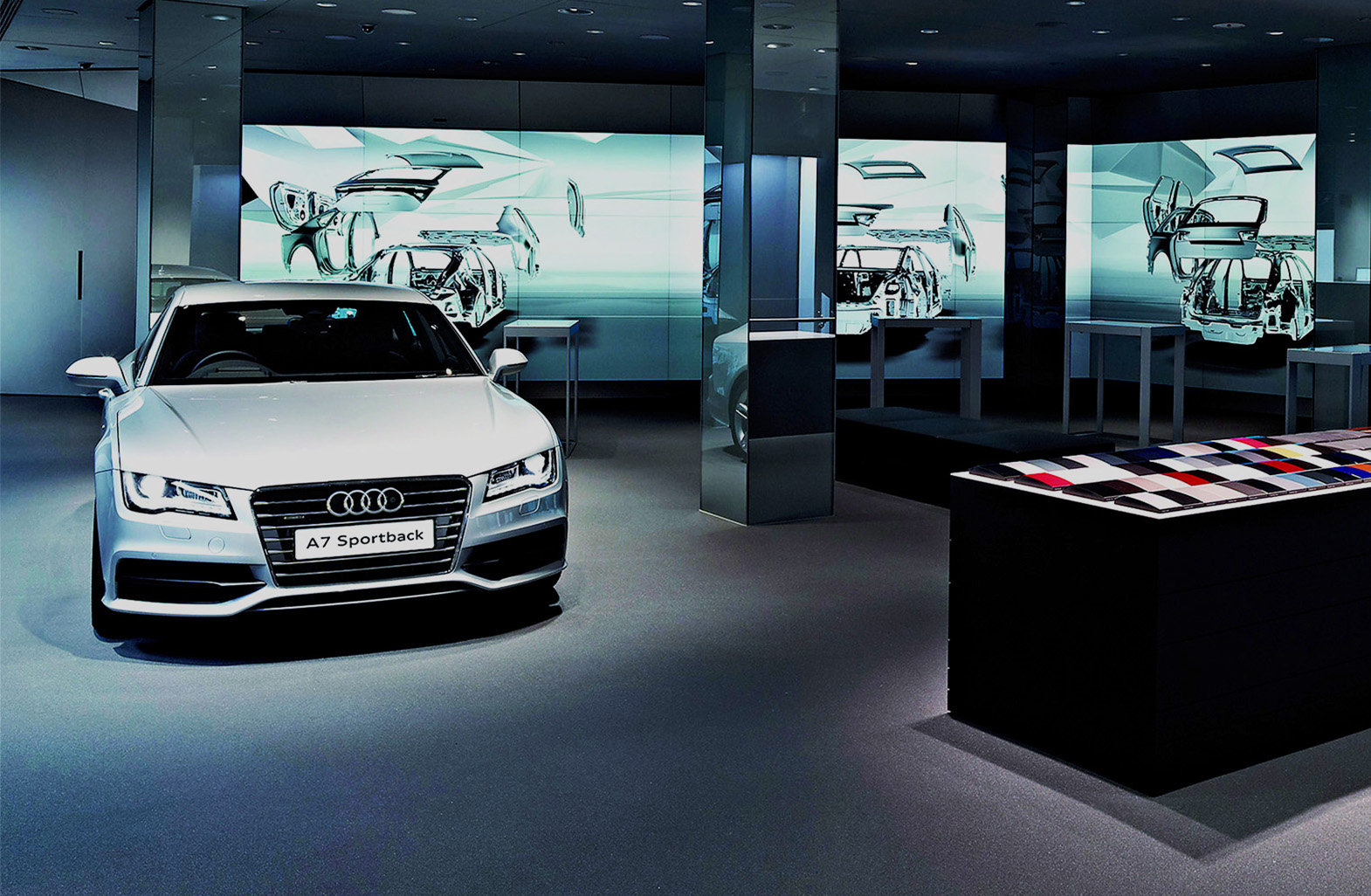Automobile manufacturers understand the complexity of today’s business landscape. An ever-increasing range of models, changing customer requirements, new global mobility players, high investments in electric mobility and new mobility services make it difficult to remain competitive. This, coupled with globally declining growth rates, sales figures and margins, present a challenging market for virtually every automaker.
Adding to this complexity, car manufacturers must grapple with two competing priorities: maintaining the core business while also seizing on digital opportunities. On one hand, the core business must be secured and made more efficient. After all, companies will continue to generate the majority of their sales in the coming years through new and used car business. On the other hand, the financial resources freed up by this efficiency boost should be invested in a strategic way. These savings can be applied to valuable new business efforts such as connectivity, electric mobility, autonomous driving or the expansion of partnerships with technology giants such as Google and Amazon.
The Auto Industry’s Evolution
In this volatile digital landscape, many business leaders use the terms change and transformation interchangeably. This is a simple mistake that could have a significant impact. Within the context of business evolution, change involves a further development or optimization of the status quo. Transformation, on the other hand, represents a structurally far-reaching reimagining of the entire organization.
Perhaps, the best way to illustrate this difference is through the story of the humble caterpillar. True transformation turns the caterpillar into a butterfly—a new being that is virtually unrecognizable in terms of appearance and abilities. Mere change will, at best, result in a very fast caterpillar.
There are two issues that typically stand in the way of the transformation of the automotive industry: reliance on traditional processes and a reluctance to fully embrace advanced technology.
2030: A New Way of Working
For decades, company organizations have focused on "car building" – design, engineering, and manufacturing. For years, managers have invested in the precise alignment and function of their silos in order to keep the complex system running as smoothly as possible. While this approach has been largely successful to date, it does not provide the necessary integration, collaboration and agility required by today’s landscape. When new, alternative working methods and structures emerge in the initial stages, many ask themselves what advantage they have in leaving familiar terrain. Still more shy away from the risk of initiating a transformation if the outcome is uncertain.
Another factor in the success of a transformation initiative relates to the topic of control, particularly as it relates to core KPIs. This too has changed in the digital world. In a world of new business and service models, the focus is no longer on organizational processes and product innovation, but customer centricity. The value provided to the customer is now the measure of all things. For the technology players and start-ups in the global innovation centers, true customer focus means aligning all processes, both internal and external, to customer benefit. The actions of the organization are constantly being questioned: "Is this transformational change that creates added value for my customers… or is this an update simply fulfils a feasibility dream for one of the engineers?"
2030: Putting Technology at the Center
Modern automakers must assume a high level of technological understanding. Machine learning and artificial intelligence (AI) are prime examples of advanced technology that can revolutionize the driving experience. Further, autonomous driving is an application that has generated an extraordinary amount of interest in the industry. In order to truly embrace these technologies and others, entrepreneurs and managers need to understand the value they present. They should know how to use innovations in a beneficial way and what prerequisites they need to implement them.
The topic of speed is particularly critical when it comes to technology adoption and implementation. At first glance, it may appear possible to delay wide-scale adoption as technological capabilities continue to advance. What is less clear, however, is the difficulty of humans to think in exponential functions. Without really noticing it, the industry is approaching a tipping point, especially when it comes to AI. On one hand, the usual suspects in the technology industry are fueling the exponential adoption of this technology. On the other, China is accelerating massively and is proclaiming nothing less than global supremacy in all areas of digitization by 2030. Those organizations who fail to act now may not be capable of competing in the future landscape, regardless of their position at present.
Conclusion
Integrative transformation can only succeed if existing paradigms are called into question. Unfortunately, the predominant silo organizations and the product-centric way of thinking are not up to this holistic task. What is needed is courageous, agile leadership that can focus on the customer while also possessing a firm understanding of technology and its value. Ultimately, automakers will succeed only when they understand both the customer’s needs and the technology that can address them. Put simply, generic content diagnostic management is no longer sufficient.
For those organizations that want to drive away from competitors in the car industry, it will be necessary to be both an opinion leader and an active change shaper. A CEO flirting with the fact that his digital skills are limited to "pressing an iPhone button "cannot be a credible driver of complex digital change. Digital transformation needs C-level ownership.






